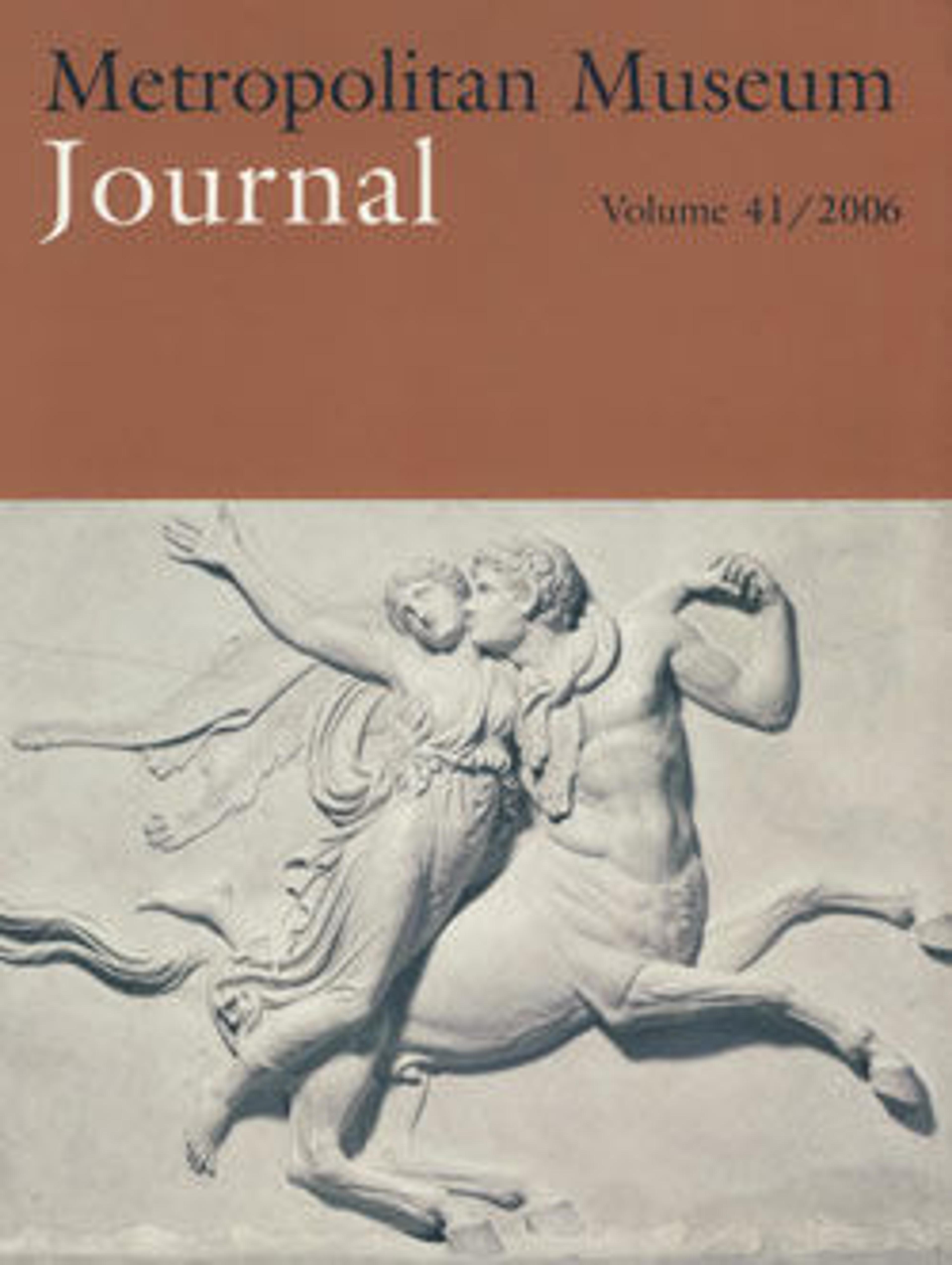Altar Cloth or Podea
The double-headed eagle became the primary symbol of the state during the late Byzantine centuries and was also adopted for liturgical use. This huge eagle was probably used as an altar cloth or as a podea, a skirt hung beneath an icon. The inscription, which connects the owner with distinguished imperial dynasties, exaggerated the claims of a pretender to the patriarchal throne.
Artwork Details
- Title: Altar Cloth or Podea
- Date: late 14th century
- Geography: Made in probably Greece or Constantinople
- Culture: Byzantine
- Medium: Silk, embroidery
- Dimensions: Overall (mounted): 62 5/8 × 55 5/8 × 2 in., 59 lb. (159.1 × 141.3 × 5.1 cm, 26.8 kg)
- Classification: Textiles-Embroidered
- Credit Line: Rogers Fund, 1912
- Object Number: 12.104.1
- Curatorial Department: Medieval Art and The Cloisters
More Artwork
Research Resources
The Met provides unparalleled resources for research and welcomes an international community of students and scholars. The Met's Open Access API is where creators and researchers can connect to the The Met collection. Open Access data and public domain images are available for unrestricted commercial and noncommercial use without permission or fee.
To request images under copyright and other restrictions, please use this Image Request form.
Feedback
We continue to research and examine historical and cultural context for objects in The Met collection. If you have comments or questions about this object record, please contact us using the form below. The Museum looks forward to receiving your comments.
